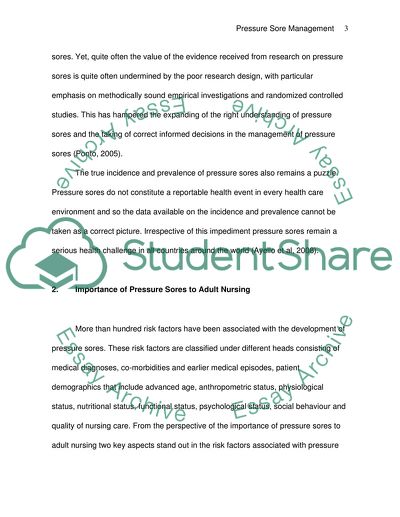Cite this document
(The Physiology and Treatment of Pressure Sores Coursework - 1, n.d.)
The Physiology and Treatment of Pressure Sores Coursework - 1. Retrieved from https://studentshare.org/nursing/1747801-pressure-sore-management-in-adult-patients
The Physiology and Treatment of Pressure Sores Coursework - 1. Retrieved from https://studentshare.org/nursing/1747801-pressure-sore-management-in-adult-patients
(The Physiology and Treatment of Pressure Sores Coursework - 1)
The Physiology and Treatment of Pressure Sores Coursework - 1. https://studentshare.org/nursing/1747801-pressure-sore-management-in-adult-patients.
The Physiology and Treatment of Pressure Sores Coursework - 1. https://studentshare.org/nursing/1747801-pressure-sore-management-in-adult-patients.
“The Physiology and Treatment of Pressure Sores Coursework - 1”, n.d. https://studentshare.org/nursing/1747801-pressure-sore-management-in-adult-patients.


